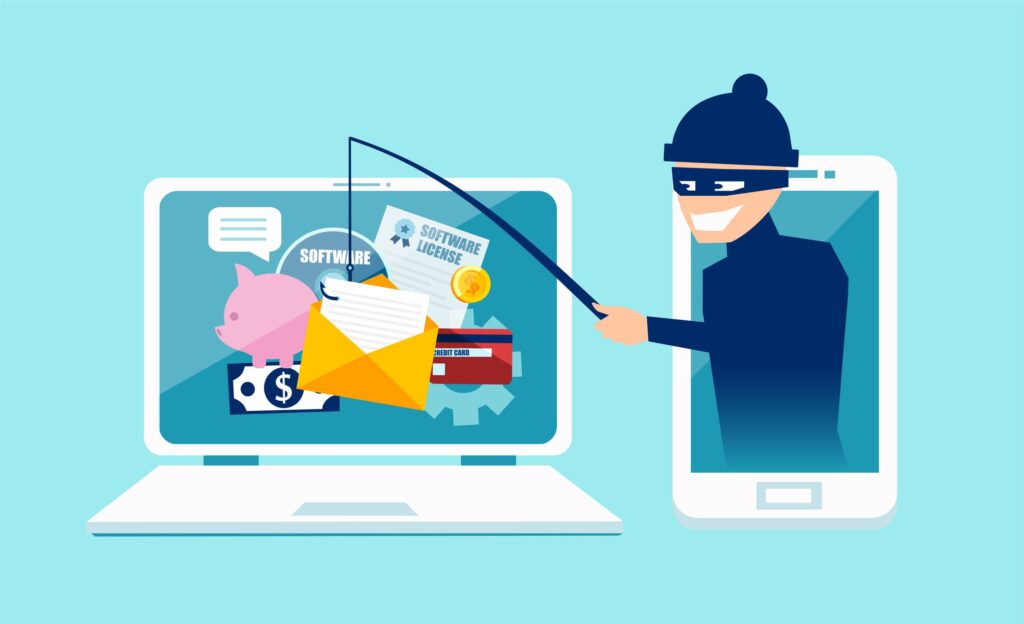Phishing Scams: How to Identify and Avoid Them
Phishing scams are a common tactic used by cybercriminals to steal personal and financial information. These scams often take the form of emails or text messages that appear to be from a legitimate source, such as a bank or a well-known company, in an attempt to trick individuals into providing sensitive information.
To help protect yourself from phishing scams, it’s important to be able to identify and avoid them. Here are some tips to help you do just that:
Look out for suspicious emails or text messages
Phishing emails and text messages often contain spelling and grammar errors, and they may ask for personal information or direct you to a fake website. If you receive an email or text message that looks suspicious, don’t click on any links or provide any information.
Be wary of unsolicited requests for personal information
Legitimate companies will never ask for sensitive information, such as passwords or credit card numbers, via email or text message. If you receive a request for personal information, be sure to verify the authenticity of the request before providing any information.
Check the website’s URL
Phishers often create fake websites that look similar to legitimate ones in an attempt to trick individuals into providing personal information. Before entering any information into a website, be sure to check the URL to ensure that it’s legitimate.
Don’t trust unsolicited phone calls or emails from unknown people
Be cautious of unsolicited phone calls or emails from unknown people, even if they claim to be from a legitimate company. Many phishing scams use phone calls or emails to trick individuals into providing sensitive information.
Use anti-phishing software
Anti-phishing software can help protect your computer from phishing scams by blocking suspicious websites and emails. Consider using anti-phishing software to help protect yourself.
Keep your computer and browser updated
Phishers often use vulnerabilities in old versions of web browsers to steal personal information. Keeping your computer and browser updated can help protect against these types of attacks.
Be wary of urgent messages
Many phishing scams use urgent messages to trick individuals into providing personal information. Be wary of any messages that urge you to act quickly or threaten to close your account if you don’t provide personal information.
Check for SSL certificate
A legitimate website should have a SSL certificate, which can be verified by checking for a padlock icon in the address bar or “https” in the URL.
By following these tips, you can help protect yourself from phishing scams and keep your personal information safe. It’s also important to be vigilant and stay informed about the latest phishing tactics, as phishers are constantly coming up with new ways to steal personal information.







